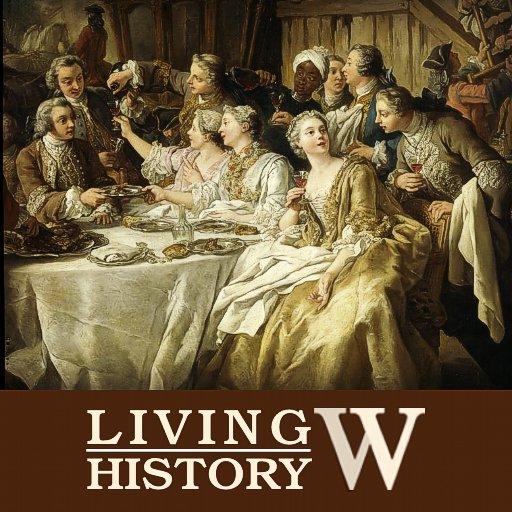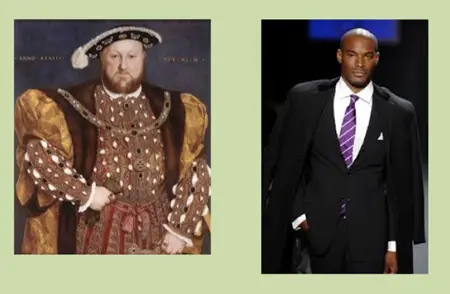I've been a big fan of Susan Bordo ever since I read The Creation of Anne Boleyn: A New Look at Englands Most Notorious Queen .
Here's an interesting article that gives you a taste of her thought provoking style. I'll also post a few snippets to get you started 
Elizabeth Is Challenge to the Masculinity of the Royal Body by Susan Bordo
Lacey Baldwin Smith has written that Tudor portraits bear about as much resemblance to their subjects as elephants to prunes. A slight exaggeration, maybe. But it is true that the historical accuracy of the depictions in Tudor portraits, particularly of royalty, was often at war with symbolic iconizingthe use of imagery to represent the persons character, position or role.
The symbolism could include inscriptions, emblems, mottos, relationships with other people, animals, or objects, and it could also be written into the body itself. A famous example is Hans Holbeins sketch of Henry VIIIthe painting itself was destroyed in a firewith the king posed to emphasize his power, authority, and resoluteness: legs spread and firmly planted, broad shoulders, one hand on his dagger, and a very visible codpiece (larger, art historians have noted, than portraits of other men at the time.) His stance, as Suzannah Lipscomb points out, mimics the stance of a man standing in full armoursparking associations with martial glory. Lipscomb also points out an interesting detail: in the draft sketch, Henrys face is turned to a angle. But in the final painting, as we know from 16th century copies done within Henrys lifetime, Holbein has Henry looking straight ahead, confronting the spectator with an unblinking stare that is still symbolic of masculinity today.
[[snip]
When the monarch is female, however, the situation is very different. The female body, being famously associated with inferior intelligence, emotional instability, and indeed, as French philosopher Beauvoir wrote, with the body itself, weighed down by everything peculiar to it is virtually defined by its imperfections. And when reproduction fails, of course, it is the Queen who is to blame. So, Katherine of Aragons, and then Anne Boleyns failure to produce a male heir was taken by Henry as a sign from God that he was married to the wrong woman. It was unthinkable that it should be Henrys fault, for as we have seen, when the monarchs body is male, the biological body and the second, more mystical body of kingly authority operate in tandem, a supportive pair. The biological body of the queen, in contrast, like all female bodies an undependable quagmire of female stuff, only becomes mystically aligned with God when chosen by the King, and that mystique only lasts so long as she produces heirs.
So its no wonder that Annes daughter, Elizabeth I, felt the need to dissociate herself from that female body, as in her famous speech at Tilsbury, to the troops about to fight the Spanish Armada.
Enjoy!!
--
Proprietress of Tatiana's Tea Room ~ Owner of the Provence Coeur Estate ~ Webmistress of this site
updated by @tatiana-dokuchic: 06 Oct 2016 06:36:20AM



